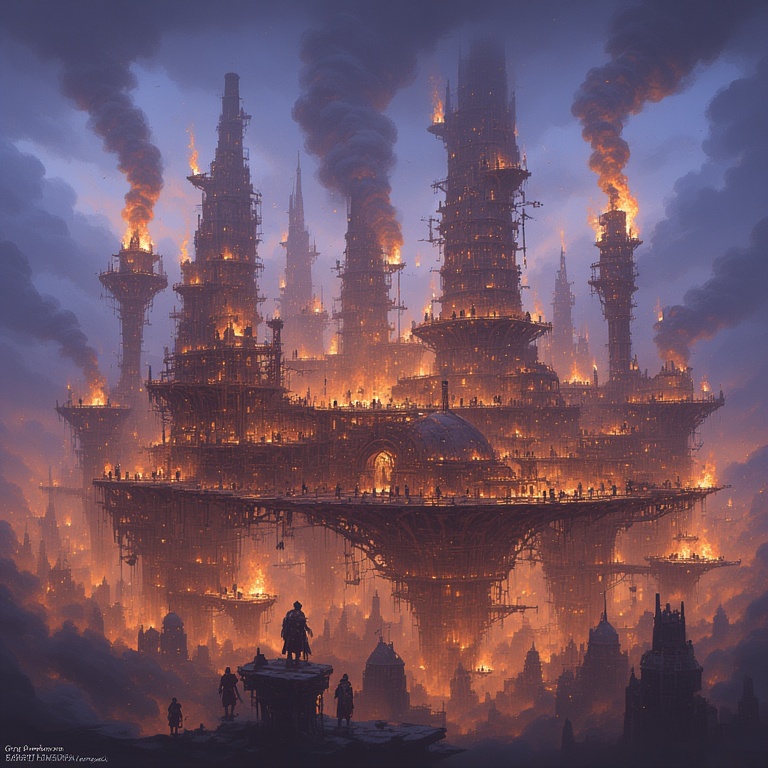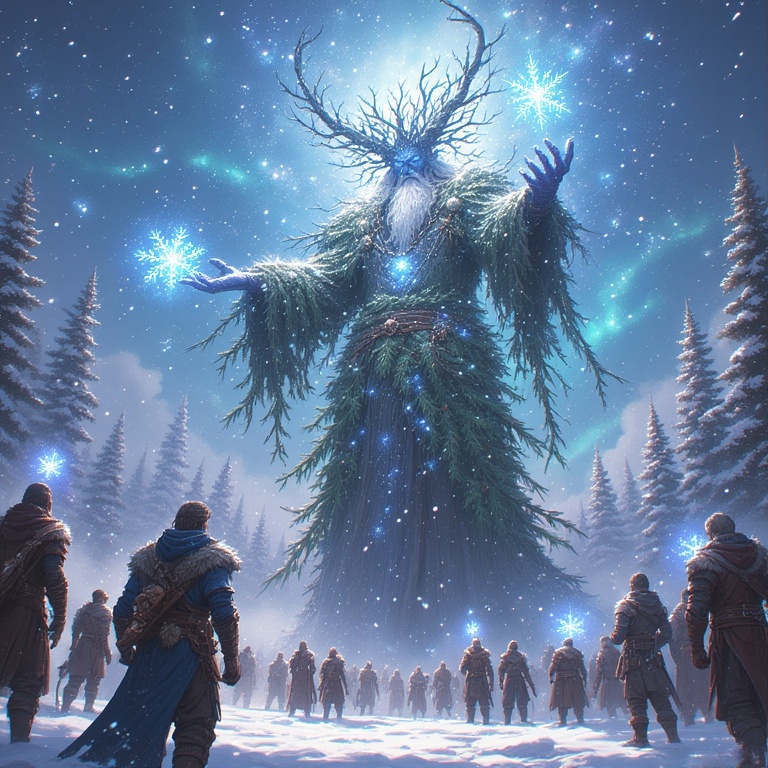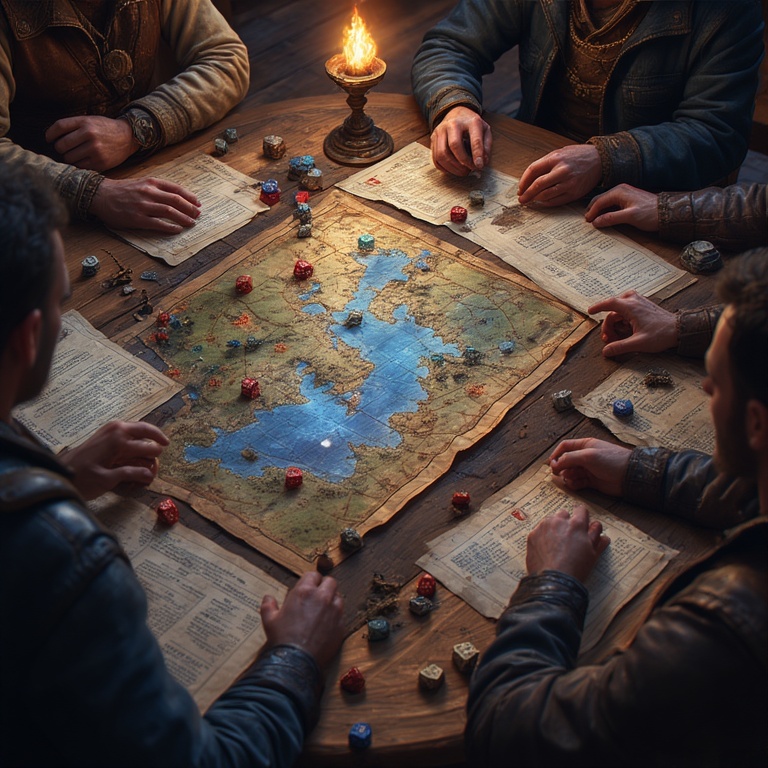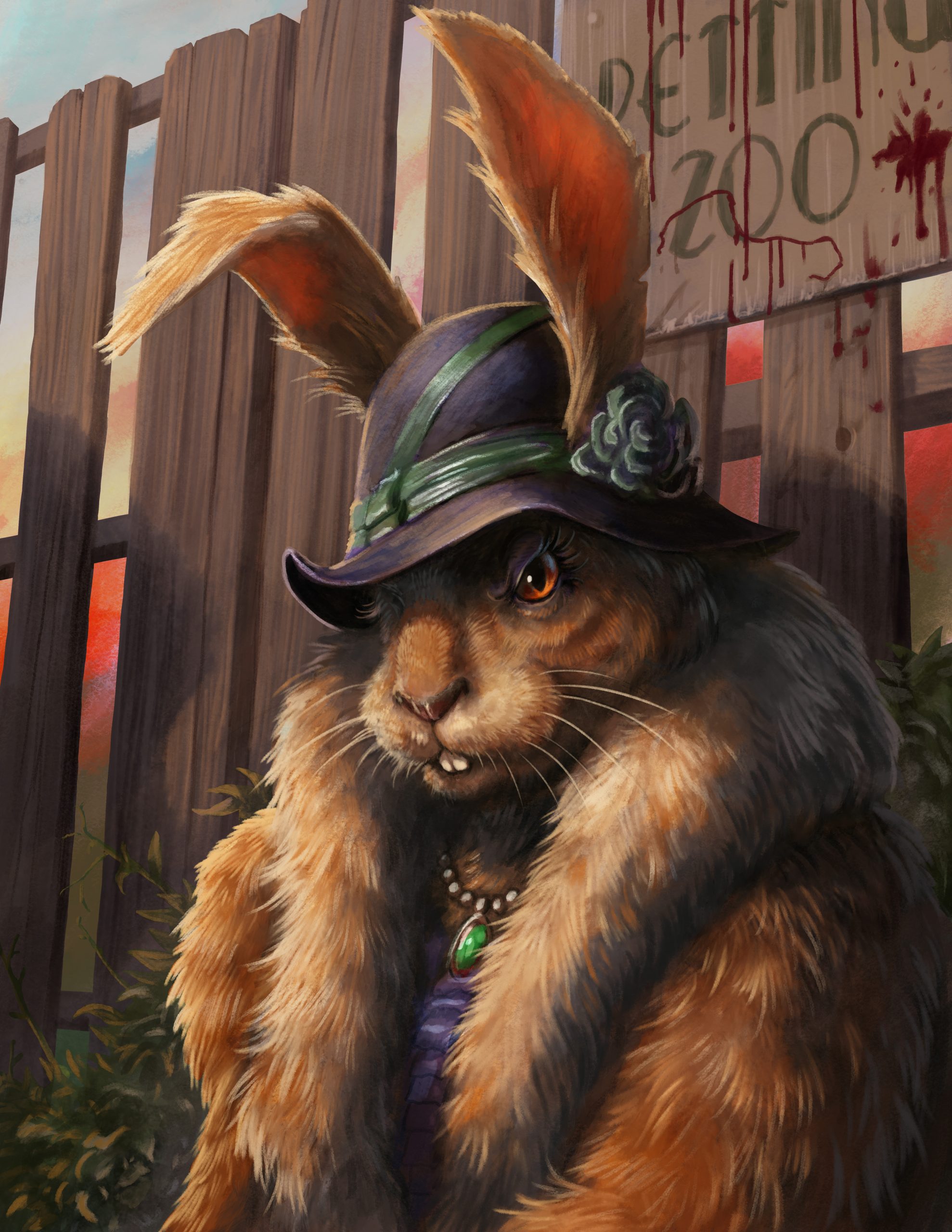
Alley Turf to Velvet Lounges: District Design Tips for Zookeepers(GMs)
Creating Memorable Locales for Every Kind of Zoo Mafia Game
When you’re the Zookeeper (GM) for a Zoo Mafia campaign, one of your greatest tools is the world your players get to play in—and the best worlds are built district by district. Whether you’re running a game set in a human-run zoo by day and animal-run crime syndicate by night, or a fully anthropomorphic metropolis built on prohibition, politics, and peanut bootlegging, the key to great worldbuilding is clear, flavorful districts that fuel drama, danger, and intrigue.
In this guide, we’ll explore how to design compelling neighborhoods for both playstyles of Zoo Mafia:
-
“Zoo by Day, Crime by Night”, where animals must sneak around the human world without being caught.
-
“Anthropomorphic Zoo City”, a world entirely run by animals with all the style and grit of a noir crime drama.
Let’s break it down—block by block.
1. Define the Function of the District
Start by asking: What purpose does this part of town serve?
In a Zoo:
-
The Reptile House might double as a black-market meeting spot.
-
The Aquarium could be home to an underwater smuggling ring.
-
The Food Court Dumpster Alley is neutral ground for low-level hustlers.
In a Zoo City:
-
The Docks move illegal imports (and bodies).
-
The Velvet Burrow is an upscale lounge where deals are made over carrot-tinis.
-
Brickback Alley is run by toothy enforcers keeping rival turf off their block.
Districts should have an identity—one that defines the type of play that happens there (heist, investigation, combat, diplomacy), and what kind of NPCs populate it.
2. Establish Ownership
Crime doesn’t thrive in a vacuum. Every district should have someone who thinks they run it.
In a Zoo:
-
A gang of chimps might “own” the treetop walkway.
-
The snake enclosure could be home to silent assassins loyal to a cold-blooded boss.
-
Maybe even zookeepers unknowingly play into the animals’ plans by moving them around.
In a Zoo City:
-
A crime boss has carved out turf—but who’s pushing back?
-
Are rival gangs creeping into the neighborhood?
-
Do the cops crack down here, or look the other way?
Tension drives gameplay. Having contested or shifting control over a district keeps things dynamic.
3. Add Signature Sights and Sounds
To make a district come alive, infuse it with evocative detail.
In a Zoo:
-
“You duck behind the hot dog cart as a lemur courier swings overhead, delivering peanuts to the Primate Pavillion.”
-
“The parrot exhibit echoes with coded whistle calls from lookout birds.”
In a Zoo City:
-
“Steam rises from sewer grates as jazz drifts out of a backroom club.”
-
“Every streetlight in Owl Capone’s district burns just a little too bright—making it hard to hide.”
These touches don’t just help with immersion—they offer mechanical hooks too. Lookouts, escape routes, hard-to-reach meeting points, and obstacles give your players more to play with.
4. Consider Accessibility and Secrecy
Where do the players hide, and where do they get caught?
In a Zoo:
-
Think about human sightlines. Is the gift shop safe to sneak through?
-
Are the night staff patrolling the main paths, forcing players to scurry through maintenance tunnels?
-
Are there hidden passageways through shipping containers or storm drains?
In a Zoo City:
-
Consider how your districts connect. Can a gang cut off escape by controlling a single alley?
-
Do lookouts on rooftops signal safe entry routes?
-
Is there a sewer network used by smuggling gangs?
Movement and secrecy are huge parts of Zoo Mafia. Design spaces where stealth and clever navigation matter.
5. Create Thematic NPCs for Each District
A good district has characters you remember—even if they’re just background flavor.
In a Zoo:
-
A grizzled old tortoise who acts like a retired consigliere.
-
A hyperactive sugar glider who’s always pushing new schemes.
-
A jaded zebra security guard who might know more than they let on.
In a Zoo City:
-
A jazz-playing gator who knows every rumor in his lounge.
-
A mole with a trench coat and thick glasses who manages the underground fight club.
-
A goat preacher who swears their district is “God’s turf now.”
NPCs help distinguish one district from another—and provide springboards for missions, betrayals, or unexpected alliances.
6. Infuse the District with Purpose in the Larger Campaign
Each area should serve the story. Ask yourself:
-
What happens if this district is lost to a rival boss?
-
Is this where the crew has their hideout—or a rival’s stash house?
-
Can players find rare contraband here?
-
Are the players protecting it… or planning to rob it blind?
Make sure districts evolve with the players’ actions. A turf war or rising tension can turn a background district into the next battleground.
Final Tip: Map by Mood, Not Geography
Forget perfect realism. A Zoo Mafia city doesn’t have to follow logic—it needs to follow story. If you want a swanky speakeasy next to a grimy fish market, do it. If the polar bear freezer tunnels lead to a hidden jazz bar, fantastic.
Build your districts like a noir movie: dark, moody, and soaked in peanut-slick power plays.
Closing Thoughts
Whether your players are sneaking through a sleeping zoo under human noses or ruling the streets of a city built by claw and cunning, great districts make for unforgettable scenes. They’re more than backdrops—they’re characters, battlegrounds, and homes to the crimes your crew will commit.If you are a fan of Zoo Mafia and want to be notified when we go live on Kickstarter make sure you head over to the follow page to get notified. If you want to be on the newsletter to get all the details as we release them you can sign up here.
So get designing. Whether it’s alley turf or velvet lounges, your district might just be where the next empire rises—or falls.
Thanks for reading. Until Next Time, Stay Nerdy!!












Pingback: Music, Smoke, and Shadows: Immersive Descriptions for the Zoo Mafia World – Nerdarchy
July 19, 2025 at 1:28 pm